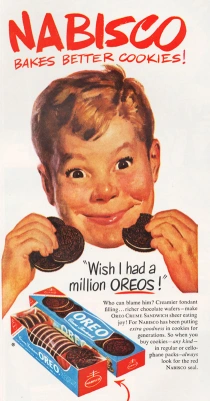Bees once terrified me.
As a child the mere sight and sound of one of these stinging creatures petrified me, sending me racing inside to the safety of my suburban house as though I had seen a Soviet aircraft ready to drop a nuclear bomb. Aided by my PF Flyers, I ran with an astonishing speed that somehow eluded me in gym class.
Yet today the unexpected sight of a fallen, dead bumblebee in my house broke my heart. It felt like the untimely death of a good, hard worker.
No longer do I feel in danger of these flying creatures. Quite the contrary. The bumblebee itself is in danger of becoming an endangered species.
Our perspective on bumblebees has shifted greatly from my skewed childhood perspective. Some people love them others fear them but there is no denying they are an important part of our lives.
Once upon a time the only good bee was a dead bee. Insects in general were viewed as nuisances and stinging ones were mortal enemies worthy of a deadly blow by a plastic fly swatter, rolled newspaper or a can of Raid.
Yet the buzz around bumblebees was confusing. The mid-century world was filled with many bee-centric cartoons portraying the black and yellow flying insects as friendly creatures.
Warm and fuzzy bees were a regular feature on valentines day cards and an oversized bumblebee on TV wormed his way into our hearts.
Long before I could read, my moral compass was set by a smiling Miss Louise who spoke to her virtual classroom on TV’s Romper Room. A popular character on the show was Mr. Do Bee an oversized yellow and black bumblebee who taught the viewing audience manners.

Illustration from “The Romper Room Do Bee Book of Manners 1960 by Nancy Claster Illustration Art Seiden
Romper Room’s “do-bees” and “don’t-bees,” served as the guidepost for common courtesy for baby boomer kids, offering them a right way and wrong way of interacting with others.

Illustration from “The Romper Room Do Bee Book of Manners” 1960 by Nancy Claster Illustration Art Seiden
“Do Bee a smiler… Don’t Bee a frowner. Do Bee a good listener… Don’t Bee a whiner.”
What self-respecting boomer didn’t want to be a Do-Bee!
In the early 1960s, a cartoon bee may have encouraged the public to receive the Sabine oral vaccine for polio. The government did a big push to publicize the availability of the new oral vaccine, enlisting the help of a bumble bee named Wellbee to spread the word.
I was visually reminded of the vaccine by that cute cartoon character named Wellbee who shared the classroom bulletin board space with cut-outs of Halloween witches, fall leaves, and Thanksgiving turkeys.
Accustomed to getting behavioral advice from oversize bees like Mr. Do Bee on Romper Room, Wellbee resonated with kids as the spokesman for health.
But it did little to dispel my fear of the flying bees that populated our flower beds.
Summer conjures up a childhood filled with blooming flowers, buzzing insects, and a haze of toxic pesticides being sprayed across my suburban neighborhood.
Since all insects were annoyances we didn’t distinguish between those that are helpers and necessary and the true pests that destroyed the plants.
Tin atomizers were working overtime spraying the latest chemical miracle available. American chemists were hard at work in the name of freedom. Man, they believed, should and could take over the management of the Mother Earth he lived on and use it for what he regarded as man’s higher purpose.
His needs.
Well, mother nature had a thing or two to say about that.
Bumblebees are essential in our environment for their role as pollinators.
But now their population has dropped by 89% in the past 20 years. The American Bumblebee decline is attributed to habitat destruction, exposure to disease, pesticides, and climate change.
Sharing the Garden
In the past two decades as I became a serious gardener, I realized the importance of bees, especially bumblebees.
Peaceful coexistence became the house domestic policy as I watched these fuzzy black and yellow workers flit from flower to flower doing the important work of pollination. Working side by side in the garden, I respected them, and they respected me.
The fact is bumblebees rarely sting. They are not very aggressive and are generally easy-going more interested in pollinating than stinging humans.
Plants and crops that rely on pollination from bumblebees are likely to suffer if the bumblebee population continues to decline which could result in incredible consequences for our ecosystem. Our diet would be remarkably less varied without the hard work of bumblebees, honeybees, and their ilk.
So yesterday when a hard-working bee accidentally found its way into my house, I tried my best to help him escape to outside again. Despite my best efforts, I awoke to find the poor fuzzy creature had not made it through the night and lay still on my office floor.
I was genuinely sad.
Do Bee a bee lover.



















Bee-utiful piece of storytelling. Love your endless supply of mid-century art, ads and ephemera.
LikeLike